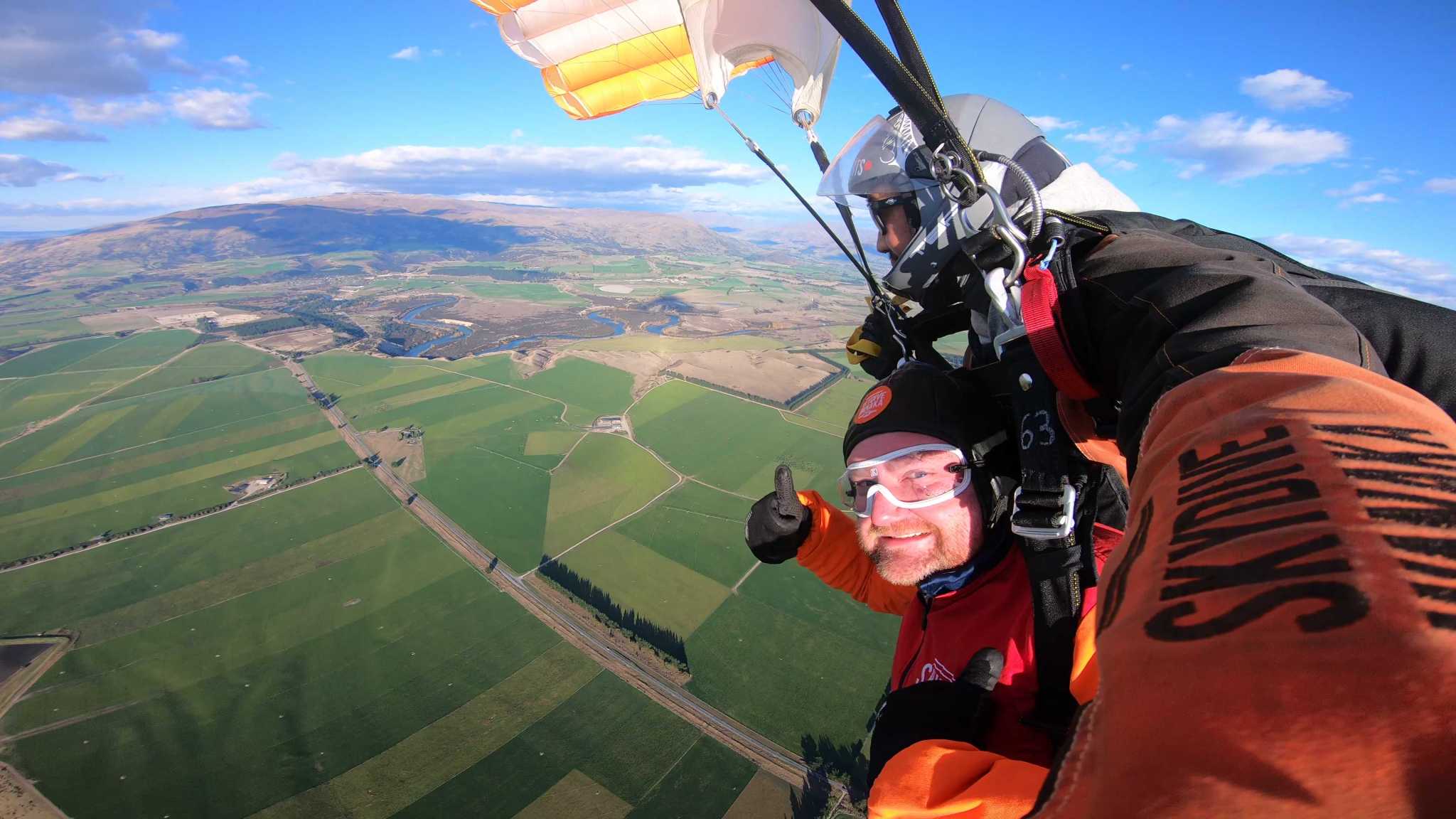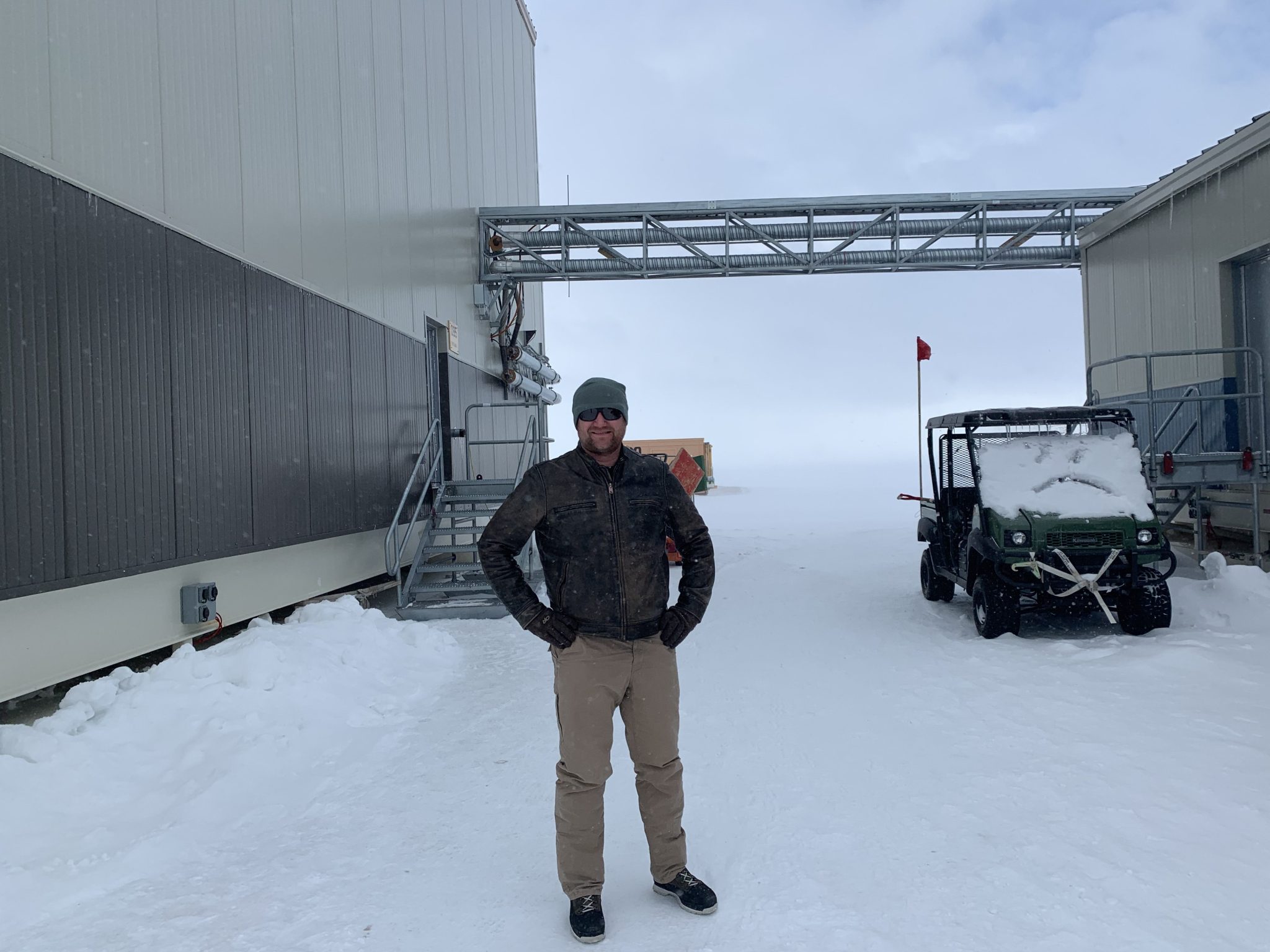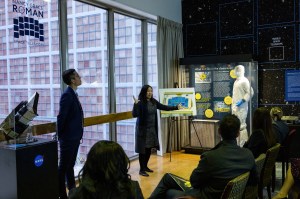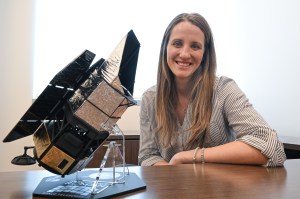Name: Andrew Hynous
Title: Mission Operations Manager
Organization: Balloon Program Office, Wallops Flight Facility (Code 820)
NASA’s high-altitude scientific balloon program offers access to a vantage point at the cusp of space. Here – above as much as 99% of Earth’s atmosphere – scientists can collect data at a fraction of the cost of an orbiting satellite, and technologists can put their equipment to the test as a proving ground for potential future space missions. For five years, Andrew Hynous has been the balloon program’s “MOM” – that’s mission operations manager in NASA parlance.
What do you do at Wallops Flight Facility?
I’m the mission operations manager for NASA’s scientific balloon program. I’m responsible for keeping track of upcoming missions that involve scientific balloons. I also lead the mission management team as they work closely with the principal investigators to make sure that they’re following all of NASA’s requirements to get to the flightline. We also work with the safety office and different organizations across Wallops to make sure that all of our requirements are met.
What do NASA’s balloons do?
The largest share of our customers come from astrophysics. But we don’t just fly astrophysics missions, we also fly heliophysics, technology, and student missions, for example.
Being a suborbital program office, we’re a much cheaper option compared to traditional satellites. We’re a place for scientists to try their science before they become a full-fledged satellite mission for future observations.
In preparation for flight, we tell people that we are coming, we let them know that we’re entering their airspace. We spend a lot of time getting overflight permissions from the countries that control the airspace that we’re flying through. Anyone can track our missions real-time when flight operations are underway by going to https://www.csbf.nasa.gov.
What’s your favorite part about working for NASA’s balloon program?
It’s amazing directly supporting science. I’m able to work with people that are trying to figure out dark matter – that’s just mind blowing to me. I’m not a traditional scientist – I am an engineer by training – but it is great to be able to facilitate discoveries of that kind of magnitude.
What path led you to NASA?
Out of my undergraduate, my first job was developing repair technology for gas turbine engines – the big engines that power cities, not aircraft engines. I had another opportunity come up where we were living at the time, so I went to a small boutique engineering shop. There we did a lot of work designing scrubbers and burners for either extracting, processing, or just cleaning exhaust streams.
Then I ended up getting a contracting job over at Goddard Space Flight Center. There I was doing something very cool: I was working for the propulsion branch, and I was essentially just recreating a bunch of experiments from the ’60s. I had to read these old papers and figure out how to characterize new propellants. The problem was nobody had the data so that you could compare them with more traditional propellants, so I was literally just recreating these “mad scientist” experiments from the ’60s and taking data.
From there, I applied to the Balloon Program Office job here at Wallops. I’ve now been here for almost five years.
Where does the balloon program launch from?
In a typical year, we usually have about three to four campaigns spread throughout the year.
Every December, we conduct a couple of launches from Antarctica. We also launch from New Zealand about every other year. Another campaign location that we go to on the off years from New Zealand is to Esrange in Sweden. We also have a campaign every year from Fort Sumner, New Mexico. We also have facilities in Palestine, Texas (NASA’s Columbia Scientific Balloon Facility), and Australia that we sometimes use. It’s amazing that we launch balloons out of some of the most beautiful and varied terrains, all across the planet.
Where we end up going each year is really driven by the science and which missions are ready. We work a lot with NASA’s Science Mission Directorate to figure out which of those campaigns best meets NASA’s priorities.
Where is the coolest place you have traveled?
The coolest place that I’ve been to so far is Antarctica. It’s different down there from anywhere else that we go. It’s so difficult to get there, everyone knows that they’re there supporting science, and it’s really just a great place to work and be around people that are also focused on science.
McMurdo Station there is very interesting. It’s kind of like the cross between a college campus and a military installation. We spent a lot of time working but we do get some downtime. There is some hiking that you can do in and around McMurdo safely – you have to follow check-in checkout processes, but there are some things to do.
By Marta Hill
NASA’s Goddard Space Flight Center, Greenbelt, Md.
Conversations With Goddard is a collection of Q&A profiles highlighting the breadth and depth of NASA’s Goddard Space Flight Center’s talented and diverse workforce. The Conversations have been published twice a month on average since May 2011. Read past editions on Goddard’s “Our People” webpage.
































